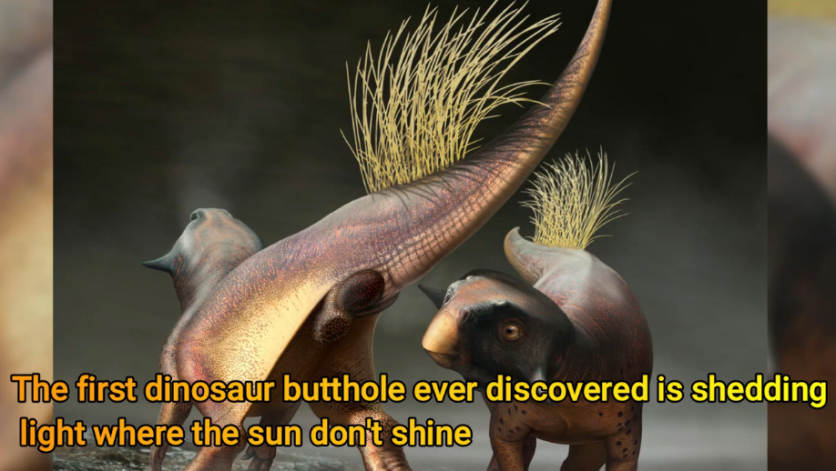
For the first time ever, a group of scientists that were led by the official University of Bristol have been able to describe in detail what a dinosaur's cloacal or vent is like. The cloacal is said to be an all-purpose opening that the dinosaurs use for breeding, urination, and defecation.
According to the story by Bristol.ac.uk, Although most mammals usually have different openings for these different functions, most of the vertebrate animals actually possess a cloaca. Although most people know dinosaurs and their own appearance as usually feathered, horned, and scaly creatures as well as which colors they were, there aren't many findings regarding their vents and how they look like.
A Dr. Jakob Vinther coming from the School of Earth Sciences over at the University of Bristol along with some colleagues namely a palaeoartist, Robert Nicholis, and an expert in vertebrae penesis and copulatory systems coming from the University of Massachusetts Amherst have finally described the first ever cloacal vent region. The description hailed from a smaller Labrador-sized dinosaur known as the Psittacosaurus and its vents were compared to other vents across the more modern vertebrate animals that are living on land.
Dinosaur butt
Dr. Vinther stated that he had noticed the cloaca some time several years ago after they had finally reconstructed the color patterns of the particular dinosaure. They were able to do so using a really remarkable fossil on display coming from the Senckenberg Museum located in Germany which has clearly preserved its skin and its color patterns, according to Eurekalert.org.
Dr. Vinther noted that it took a while before they were able to get around in order to finish it off because not a lot of people cared about comparing the cloacal's exterior of living animals to those of dinosaurs. He then described it as "largely uncharted territory." Dr. Kelly then added that they are still non-descripent and that they found that the vent does look quite different in a number of groups of tetrapods. Most of the cases, it actually does not tell much regarding the animal's sex.
Read Also: Rare Metal In Dinosaur-Killing Asteroid May Kill Cancer Cells
Dinosaur cloacal or vent
It was also noted that the distinguished features are all tucked inside the cloaca and that they are not preserved within the fossil, unfortunately. The cloaca is said to be unique in appearance but certain exhibit features that are reminiscent to the living crocodylians like crocodiles and alligators, which are known as the closest living relatives of ancient dinosaurs and even other birds.
The researchers also note that the outer margins of the inspected cloaca are said to be highly pigmented with melanin. They now argue that this particular pigmentation had provided the vent along with a function in display and certain signalling that was similar to the living baboons as well as a few breeding salamanders. Authorities now speculate that the bigger, pigmented lobes located on either side of the opening could even have harboured certain musky scent glands like the living crocodylians.
The images of the cloacal butt can be seen on Cell.com.
Related Article: Is Water Made Out of Dinosaur's Pee? Scientists Claim 100% Probability
This article is owned by Tech Times
Written by Urian Buenconsejo
ⓒ 2026 TECHTIMES.com All rights reserved. Do not reproduce without permission.




